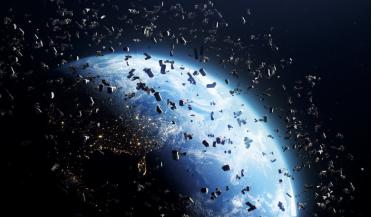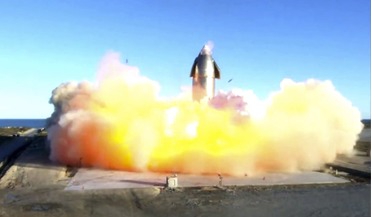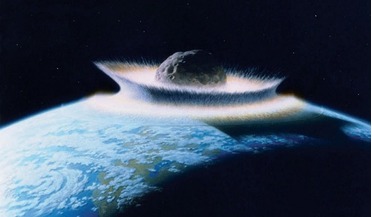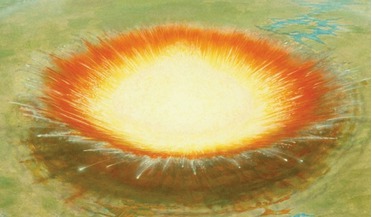 June 2022
Space activities and space debris - finding an ethical balance
June 2022
Space activities and space debris - finding an ethical balance
... launches have led to the problem of space debris: defunct human-made objects – or fragments caused by their collisions or explosions – which gravitate into the crowded orbit of the Earth. NASA scientist Donald J Kessler first theorised about...
 April 2025
Space sustainability and the role of space situational awareness
April 2025
Space sustainability and the role of space situational awareness
... in 2023, more than in any year before. ESA estimates that there have been over 650 break-up, explosion, collision, or anomalous events in space since the start of the space age (1957) resulting in fragmentation. The agency...
 18 March 2020
Failure of China's Long March 7A launch could impact major missions
18 March 2020
Failure of China's Long March 7A launch could impact major missions
... by distant spectators, showed what appeared to be a sudden flaring within a few minutes after take-off, suggesting an explosion during, or soon after, second-stage separation. Xinhua said the cause of the malfunction will be investigated further...
 10 December 2020
SpaceX's Starship test flight explodes during vertical landing manoeuvre
10 December 2020
SpaceX's Starship test flight explodes during vertical landing manoeuvre
.... "Successful ascent, switchover to header tanks and precise flap control to landing point!" he tweeted shortly after the explosion. "Fuel header tank pressure was low during landing burn, causing touchdown velocity to be high and RUD...
 July 2014
Preventing catastrophic impact
July 2014
Preventing catastrophic impact
... the Earth were to collide with an object of about a kilometre in diameter, the energy released would be similar to a combined explosion of all the world’s nuclear weapons. Computer modelling has demonstrated that the release of so much energy would...
 February 2016
Protecting Earth from cosmic disasters
February 2016
Protecting Earth from cosmic disasters
...Simulation results The final part of the DCB’s journey in the atmosphere, as was noted above, may end in an explosion above Earth’s surface (like the Tunguska meteorite), on the surface or in water. It will be accompanied by a wide spectrum of damage...